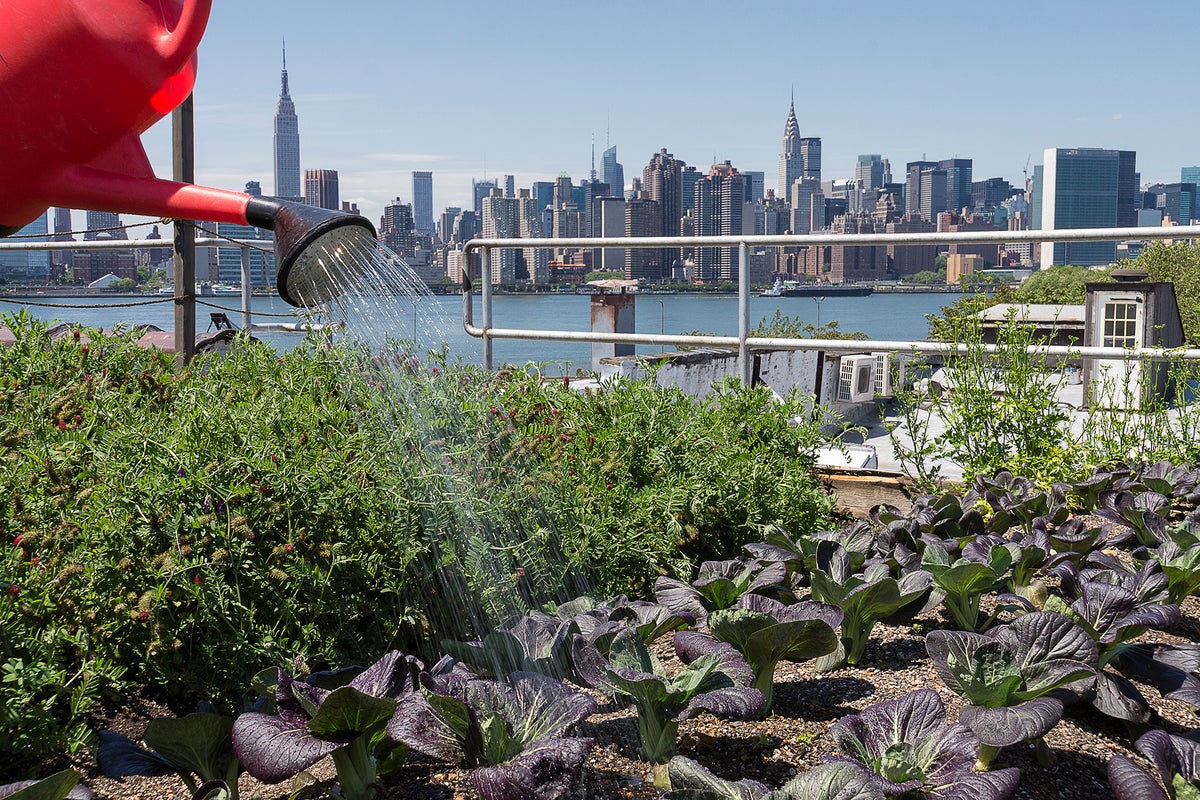10 Simple Techniques For City Blooming
10 Simple Techniques For City Blooming
Blog Article
The Only Guide for City Blooming
Table of ContentsRumored Buzz on City BloomingThe Ultimate Guide To City BloomingAbout City BloomingThe Of City BloomingUnknown Facts About City Blooming
Fascinated in expanding food available in the City of Chicago? Thinking regarding starting a neighborhood garden? Changes to the Chicago Zoning Statute enable farming uses like area gardens and metropolitan farms in several components of the city. Below is a list of frequently asked concerns regarding the guidelines and laws that cultivators need to consider when intending a city agriculture project.
The zoning modification does not customize any other codes dealing with composting, building licenses, purchasing or leasing City had residential property, organization licenses or environmental contamination. There are existing codes that regulate these concerns and they continue to be in complete result and might be applicable to your job. Area gardens are usually possessed or handled by public entities, public companies or community-based organizations and maintained by volunteers.
Urban farms expand food that is meant to be offered, either on a nonprofit or for-profit basis. Because of their business purpose, urban farms call for a business certificate. Yes. A neighborhood yard is enabled to sell excess produce that was grown on site if the sales are accessory or secondary to the garden's key objective described above.
Fascination About City Blooming
Composting is permitted however only for plant product that is generated and used on site. The amount of garden compost product can not surpass 25 cubic backyards at any kind of offered time according to the requirements in 7-28-715 of the City's Municipal Code. Yes. Since the soil at the majority of new garden websites requires changing, garden compost, soil, wood chips, or various other materials can be gotten to construct or boost the growing area - balcony and patio garden design.

If a structure permit is called for after that the hoophouse will certainly be thought about an accessory structure. You can learn more about the building authorization needs by contacting the Division of Buildings. The 25,000-square-foot dimension limitation is meant to avoid a single community garden from controling a given block or detracting from the block's existing property or industrial personality.
The limit does not put on gardens located in Public Open Room (POS) districts. Can there be greater than one neighborhood garden that is 25,000 square feet on a solitary block? Yes. The size restriction applies to specific gardens, not to specific blocks. No. Fencing is not called for, nonetheless, gardens that have big car park locations may be required to install secure fencing or other landscape design features.
City Blooming for Dummies
B1 & B2 districts need that all business usage activities be carried out indoors. Is fence needed for city ranches? Fencings may be called for, along with landscape design and screening, for specific vehicle parking areas and exterior work or storage space areas depending on location and the specific task taking area.
Urban farms require structure licenses and zoning authorizations prior to building and construction (fruit and vegtables). Various other kinds of city review may be required depending on details structures, tasks, dimension, landscaping, licensing, public heath and stormwater monitoring concerns.
The Division of Business Matters and Customer Protection can assist identify the specific kind of service certificate that's needed. Off street vehicle parking is needed for many business projects in Chicago. The required number of auto parking spaces is based on the number of employees functioning on website and not the square video of the growing space.
Facts About City Blooming Revealed

An urban ranch can offer compost material generated on website, however, the operation must conform with the policies in 7-28-715 of the Chicago Municipal Code. Aquaponic systems are enabled indoors on metropolitan ranches in several zoning areas.
As much as 5 hives or nests of honey bees may be kept as an accessory use. Beekeepers should sign up with the Illinois Department of Farming. For additional information regarding the suggested zoning change you might call the Department of Housing and Economic Advancement, Bureau of Preparation and Zoning at 312.744.8563.
Farming in cities and city locations A metropolitan farm in Chicago. Urban agriculture describes different methods of cultivating. https://www.behance.net/danielnold, processing, and dispersing i loved this food in urban areas. The term additionally puts on the location tasks of animal husbandry, tank farming, beekeeping, and horticulture in an urban context. Urban agriculture is identified from peri-urban farming, which happens in rural locations at the side of residential areas.
All About City Blooming
, who seek to create social networks founded on a common values of nature and neighborhood holism. These networks can establish by way of official institutional assistance, coming to be incorporated into regional town preparation as a "change town" activity for sustainable metropolitan growth.
Some of the first evidence of metropolitan farming comes from Mesopotamia.
Report this page